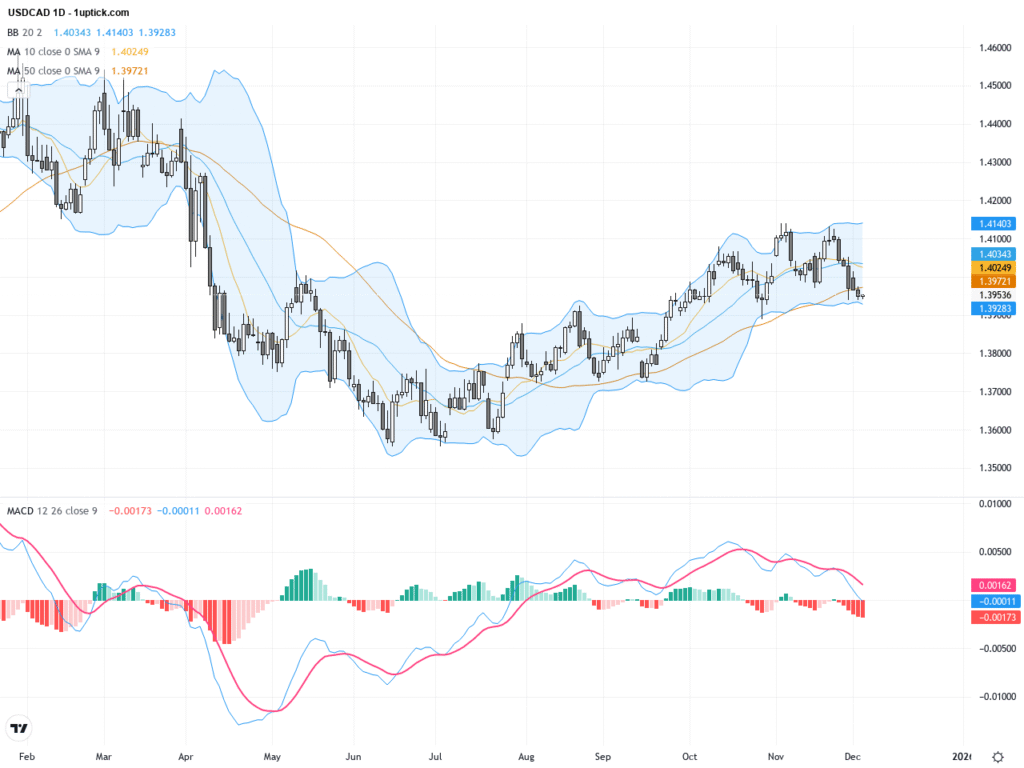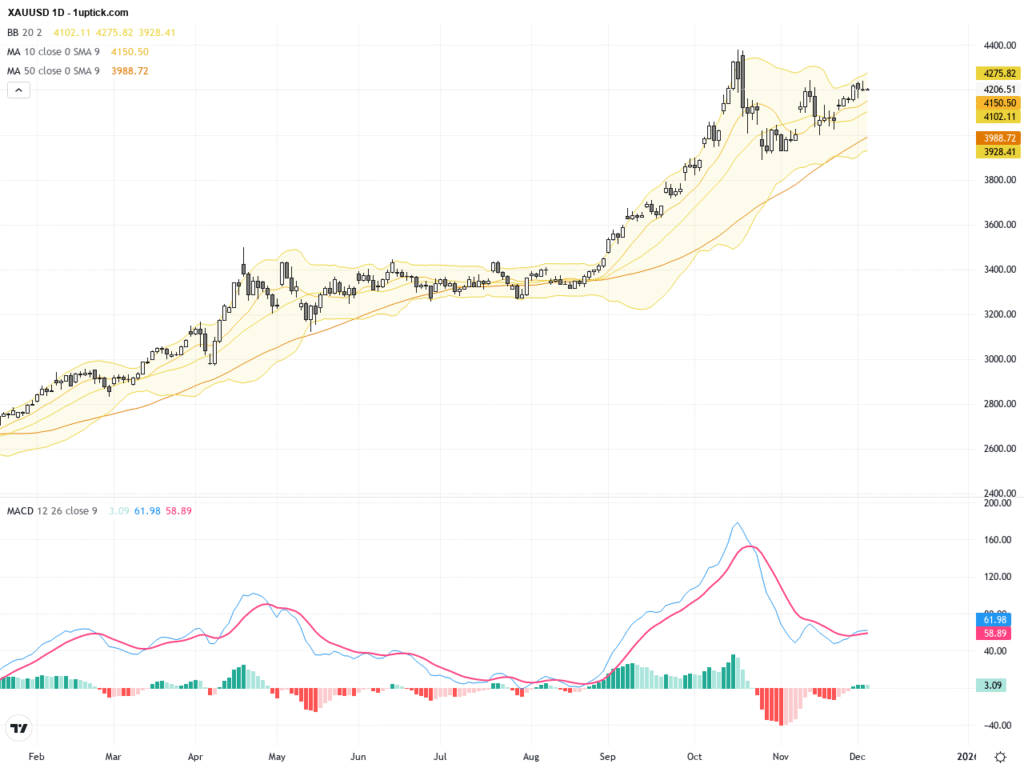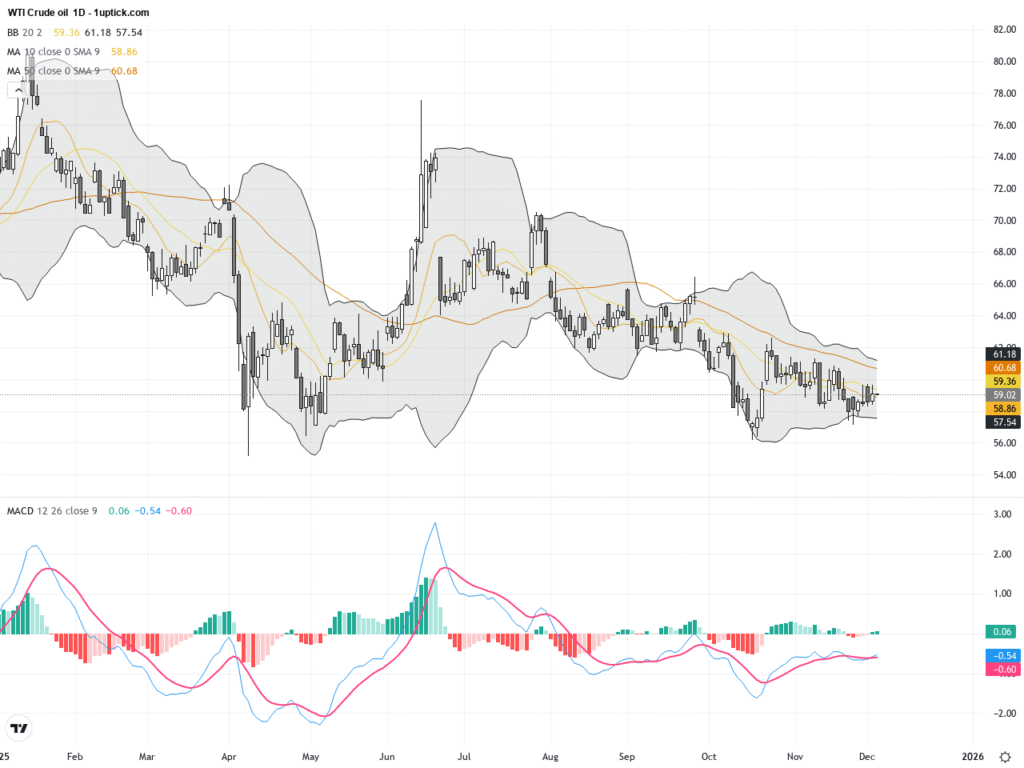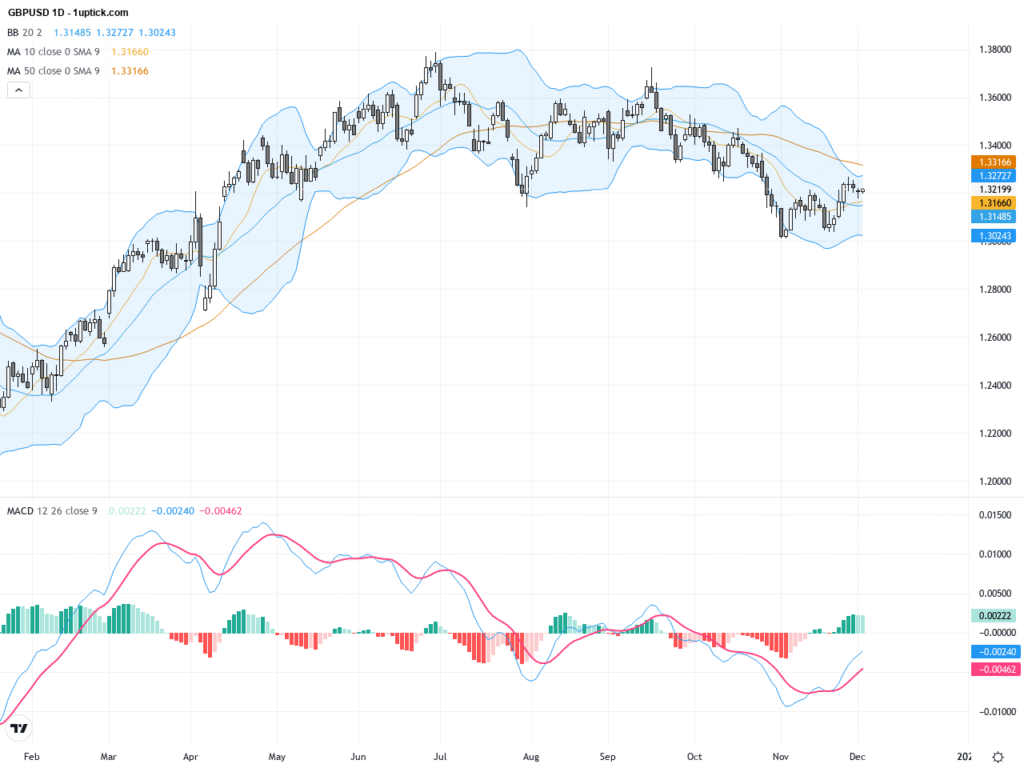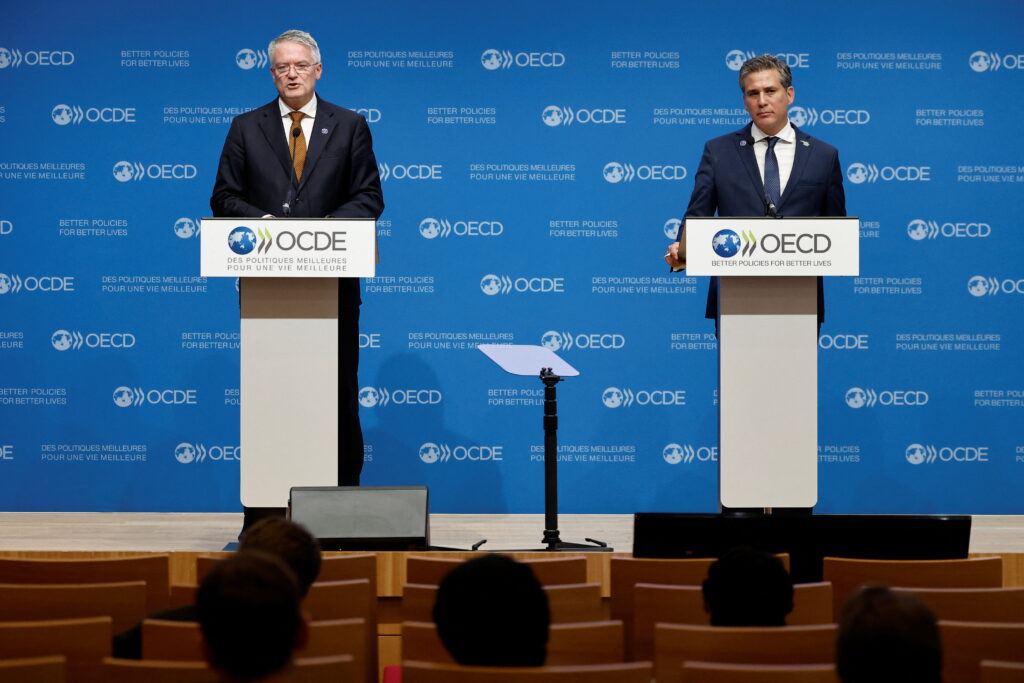 |
| Gold V.1.3.1 signal Telegram Channel (English) |

How Donald Trump’s Potential Government Stake Could Revitalize Intel and Shape America’s Semiconductor Future
2025-08-16 @ 03:01
The past weeks have seen a whirlwind of headlines surrounding former President Donald Trump and Intel, the iconic American chip manufacturer. Once at odds, these two have now become central to a rapidly evolving conversation about the future of U.S. technology leadership—and the potential for unprecedented cooperation between government and private industry.
Intel, long celebrated as the backbone of U.S. chip fabrication, has faced intense challenges in recent years. Delayed projects, escalating construction costs, and a shifting competitive landscape have put the company under heavy scrutiny. The crown jewel of its current ambitions, the Ohio semiconductor campus—once dubbed “Silicon Heartland”—was supposed to anchor the U.S. comeback as a global microchip powerhouse. But with repeated construction delays and ballooning investment requirements (estimates to fully realize the site have run north of $100 billion), the timeline for mass production continues to slip into the next decade.
Enter the Trump administration, which, after a public clash with Intel’s CEO Lip-Bu Tan, made waves by signaling its interest in taking a stake in the chipmaking giant. It’s a move that, if realized, would represent a bold departure from America’s typical hands-off approach to private enterprise in the tech sector.
So why would Trump, after sharply criticizing Intel’s leadership, now want to align the government’s interests so closely with the company’s future? And why is Intel open to such an overt partnership?
The short answer is: national security and technological competitiveness. Semiconductors are now seen as the linchpin of both economic growth and military capability in the 21st century. Recent global chip shortages—and growing concerns over dependency on overseas manufacturers, especially in Asia—have underscored the urgency.
For the Trump team, backing Intel serves multiple objectives:
- Secure Domestic Production: Faster completion of the Ohio fab would help re-shore state-of-the-art chip manufacturing, reducing America’s reliance on foreign supply chains for essential technology.
- Boost National Security: Advanced microchips power everything from smartphones to fighter jets. Domestic control lessens risks from geopolitical disruptions.
- Drive Technological Leadership: Accelerating Intel’s foundry efforts could help the U.S. regain ground lost to Asian rivals, positioning the country as a leader in next-generation chip production.
From Intel’s perspective, the calculus is equally clear. The company’s ambitions hinge on completing and scaling its massive U.S. facilities—but the capital requirements are immense and the stakes have never been higher. Infusions of government support could:
- Accelerate Project Timelines: Direct investment might help overcome construction and supply chain bottlenecks, speeding up the delivery of advanced production lines.
- Share Financial Risk: Large-scale chip manufacturing demands huge upfront costs with multiyear payback horizons. Government backing could cushion some of this risk, making the investments more palatable to shareholders.
- Signal Confidence: A public partnership with Washington could restore industry and investor confidence in Intel’s strategic direction.
The specifics of any such deal remain the subject of intense speculation. Neither Intel nor the administration has detailed what form a partnership might take or how much equity the government might acquire. Public statements focus on the “constructive” and “candid” nature of recent conversations, with both sides expressing a shared vision for U.S. technological leadership. However, officials have been quick to stress that until official word comes out, any reports about a government stake remain hypothetical.
Still, the financial markets have been quick to react. News of potential direct government investment sent Intel’s shares surging, a sign that investors view governmental backing as a signal of renewed strength for the troubled chipmaker.
If a stake purchase is finalized, it will mark a watershed in the modern U.S. approach to tech policy. For decades, Silicon Valley thrived on free-market principles, with minimal direct involvement from Washington. Now, facing fierce global competition and a newly recognized vulnerability in microchips, the government appears ready to play a more active role.
For financial bloggers and market watchers, the lesson is clear: the boundaries between government and tech are shifting. If Intel becomes part-owned by the U.S. government, we could see a new era of public-private partnerships—driven not by ideology, but by the strategic realities of a digital age where microchips underpin every aspect of life and security.
As the story continues to unfold, one thing is certain: the success or failure of this potential alliance will have ripple effects far beyond the balance sheets of Intel or the legacy of any one administration. It’s about reimagining what it will take for America to lead in a world where technology and national interest have never been more tightly intertwined.


